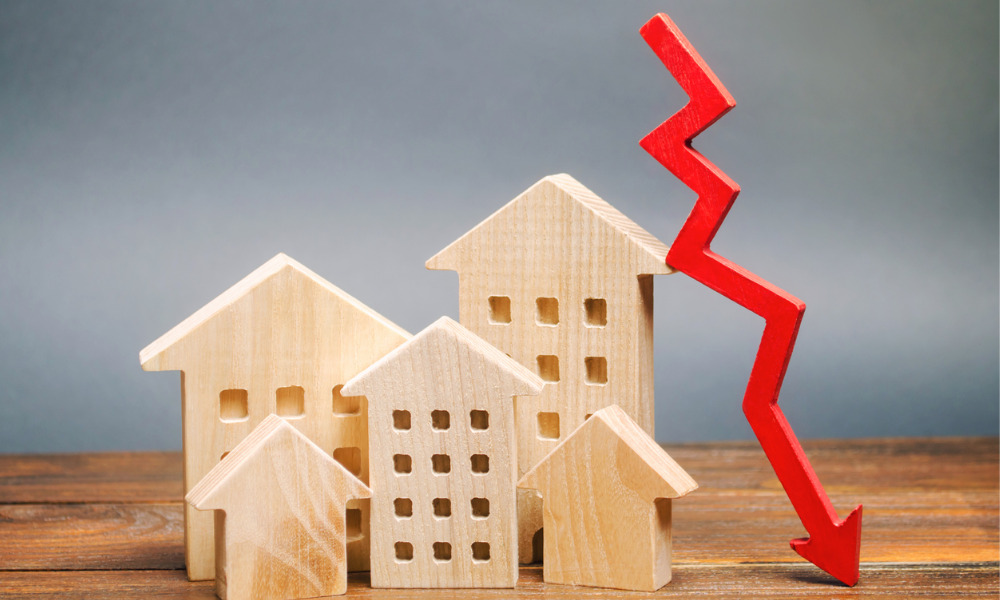Housing affordability will continue to suffer unless household incomes get a boost, REIA boss says

Housing affordability has been on the decline for two decades, and will continue to be an issue unless household income rises, according to a new study by the Real Estate Institute of Australia.
According to REIA’s Housing Affordability Report: the past 20 years, since the beginning of the 21st century, the weighted average proportion of income required to meet mortgage repayments has skyrocketed from 27.2% to 35.7%.
While housing affordability has broadly continued to decline, it was least affordable in September 2008, when 45.8% of income was required to service a loan. However, as property prices continue to climb, affordability is set to become a greater issue in the future, said REIA President Adrian Kelly.
“Go back two decades to March 2002 – Australia was at its most affordable at 26.8% of family income required to meet repayments,” Kelly said.
Kelly said that affordability has declined in most states and territories throughout the country, with Tasmania seeing the biggest drop in affordability at 127 percentage points. Western Australia had the smallest decline at 2.1 percentage points.
Kelly said that if policy settings didn’t change “and without a boost to household disposable incomes through, for example, tax concessions for first-home buyers, affordability is likely to get worse as interest rates rise.”
Read next: REIA lauds probe into housing affordability
Over the past 20 years, family income has increased by 112.8%, while average home loan repayments increased by 179.4%, REIA reported. Average home loan amounts have spiked from $157,239 to $548,323.
Rental affordability, on the other hand, has declined only marginally over the past two decades, from 22.1% to 23% of family income, REIA found.



